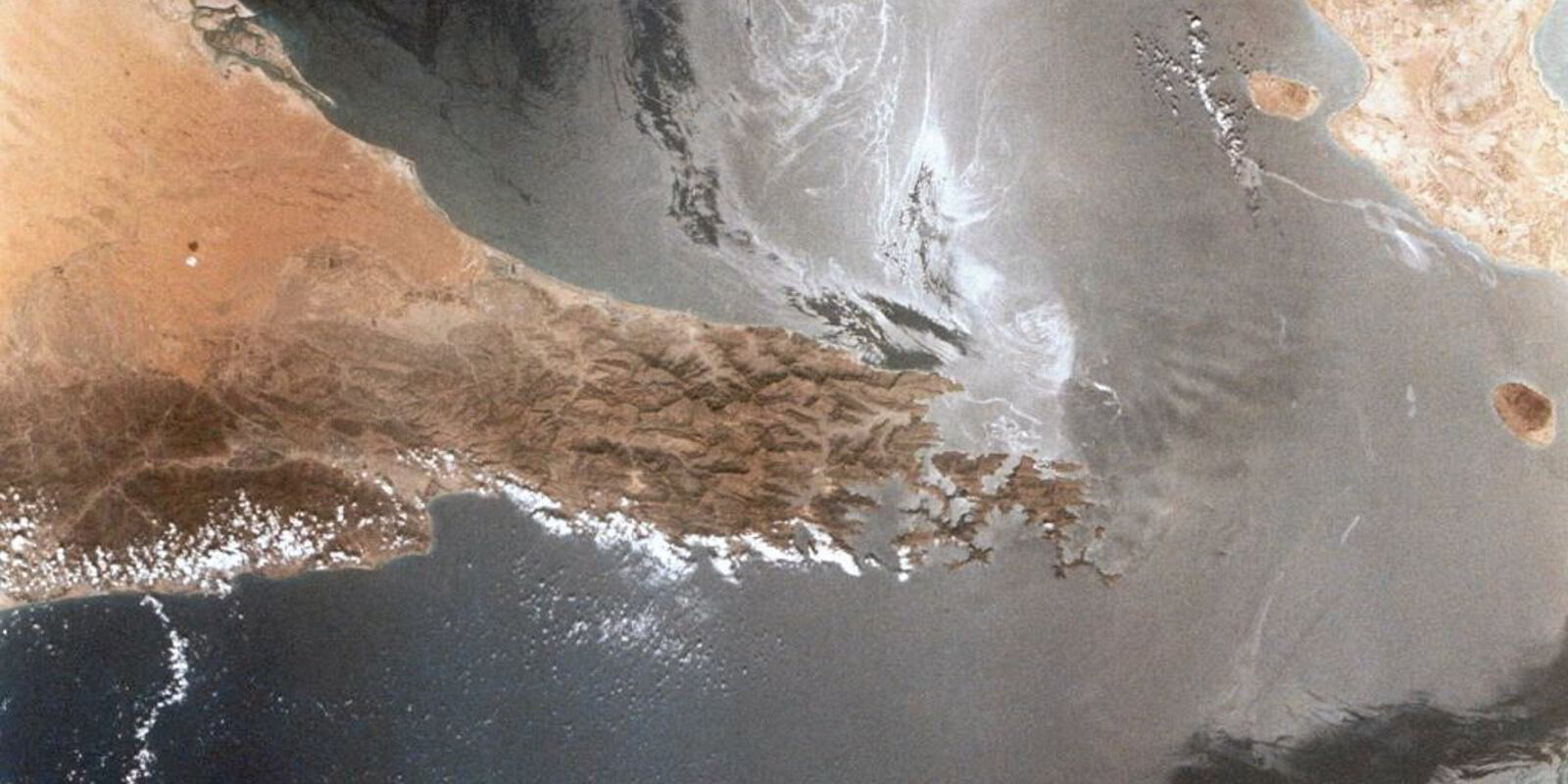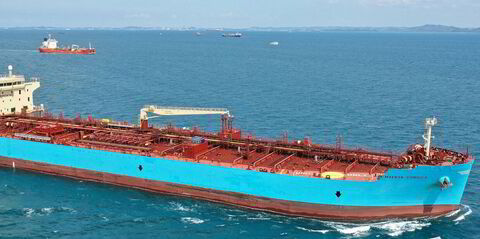Add another projection that VLCC rates could hit six figures.
Jefferies’ Omar Nokta said Opec’s signalling that it was shifting away from price protection and towards fighting for market share suggested oil supply could grow by 3.3m barrels per day next year, boosting VLCC utilisation as rates climb to $100,000 per day.
“This would tighten the tanker market balance significantly; we had projected tanker capacity utilisation to hold steady at 87.5% in 2025, but that would jump to 90% if Opec+ follows through,” the analyst wrote in a note published on Friday.
Nokta added that in 2014, the last time Opec and its allies shifted focus to market share, tanker rates spiked to $70,000 per day the next year before cooling to $40,000 per day in 2016.
But back then the market was hit with a glut of newbuildings. This time, the orderbook is subdued, he said, leading to a situation in which VLCC owners could be making big money for as long as two years.
In Nokta’s scenario, the frenzy would cool by 2027 as inventories built up during a period of cheap oil would be drawn down, holding down spot rates for between 18 and 24 months.
In September, Opec+ said that plans to unwind multi-year production cuts expected to start in October would be pushed back until December, ostensibly over concerns about prices.
But shortly thereafter, Saudi Arabia indicated it was fine with lower prices in order to keep its market share in the face of rising non-Opec production, which has made up the cuts.
Earlier in the week, analysts from Clarksons said that decision could boost rates to $100,000 per day as the estimated production growth across the bloc would put 24 more VLCCs on the water.
On Thursday, VLCC rates were up, with Howe Robinson assessing the Middle East to China time charter equivalent rate for an eco vessel at $39,754 per day.
Other routes were higher: West Africa to China jumped to $44,909 per day, while the US Gulf to China hit $44,847 per day.





